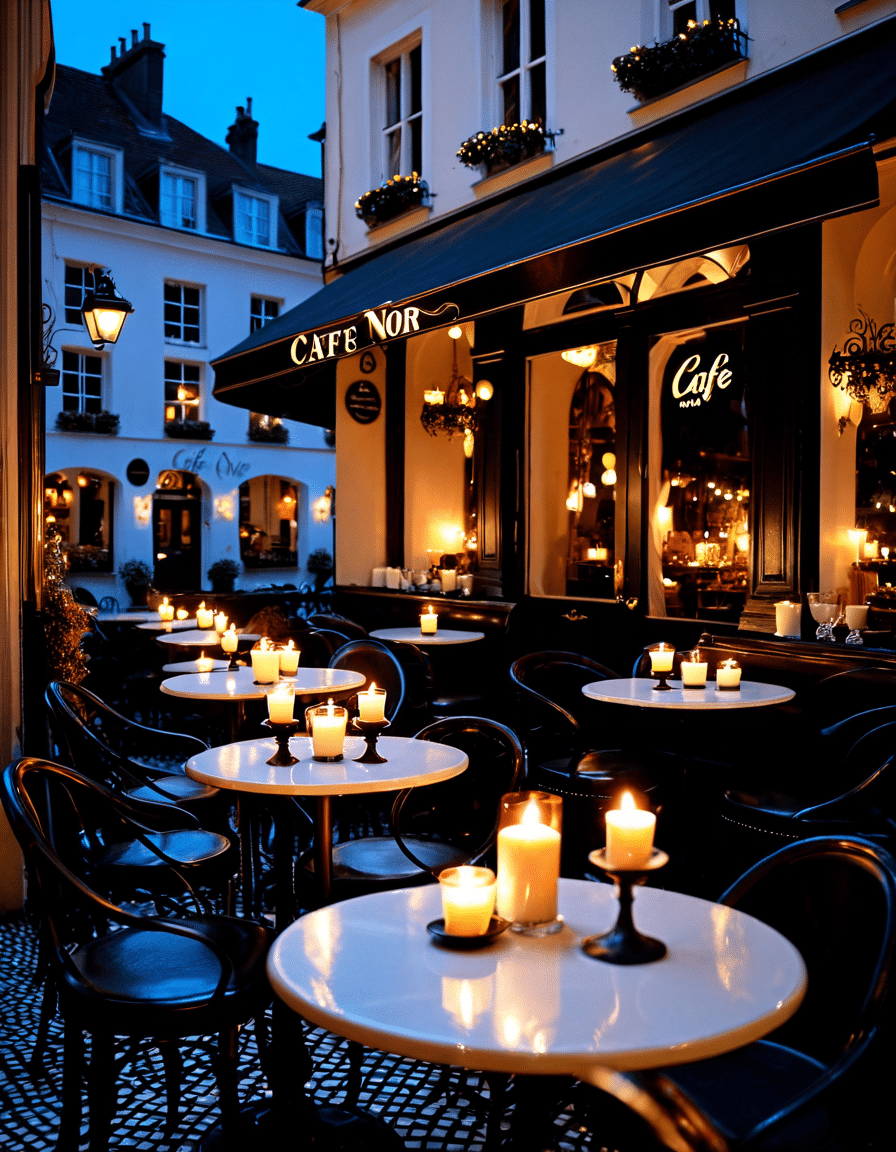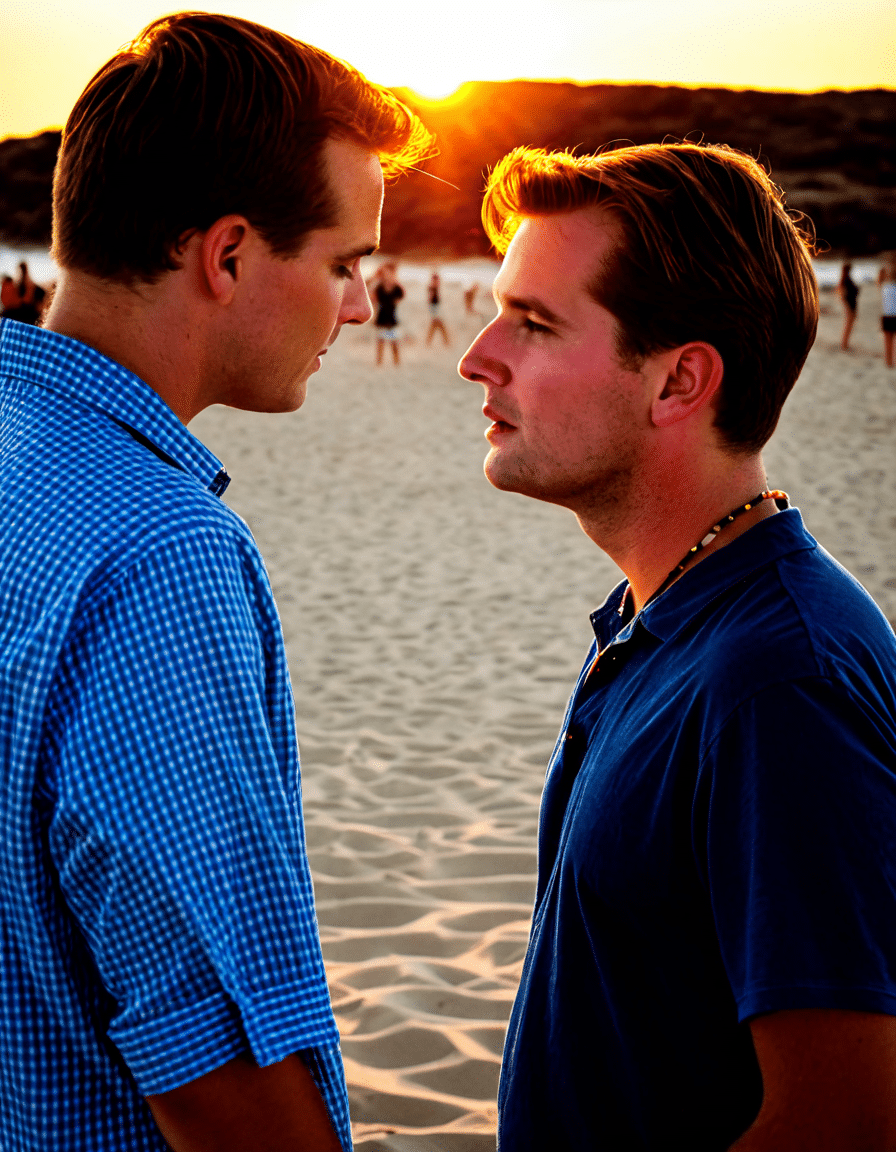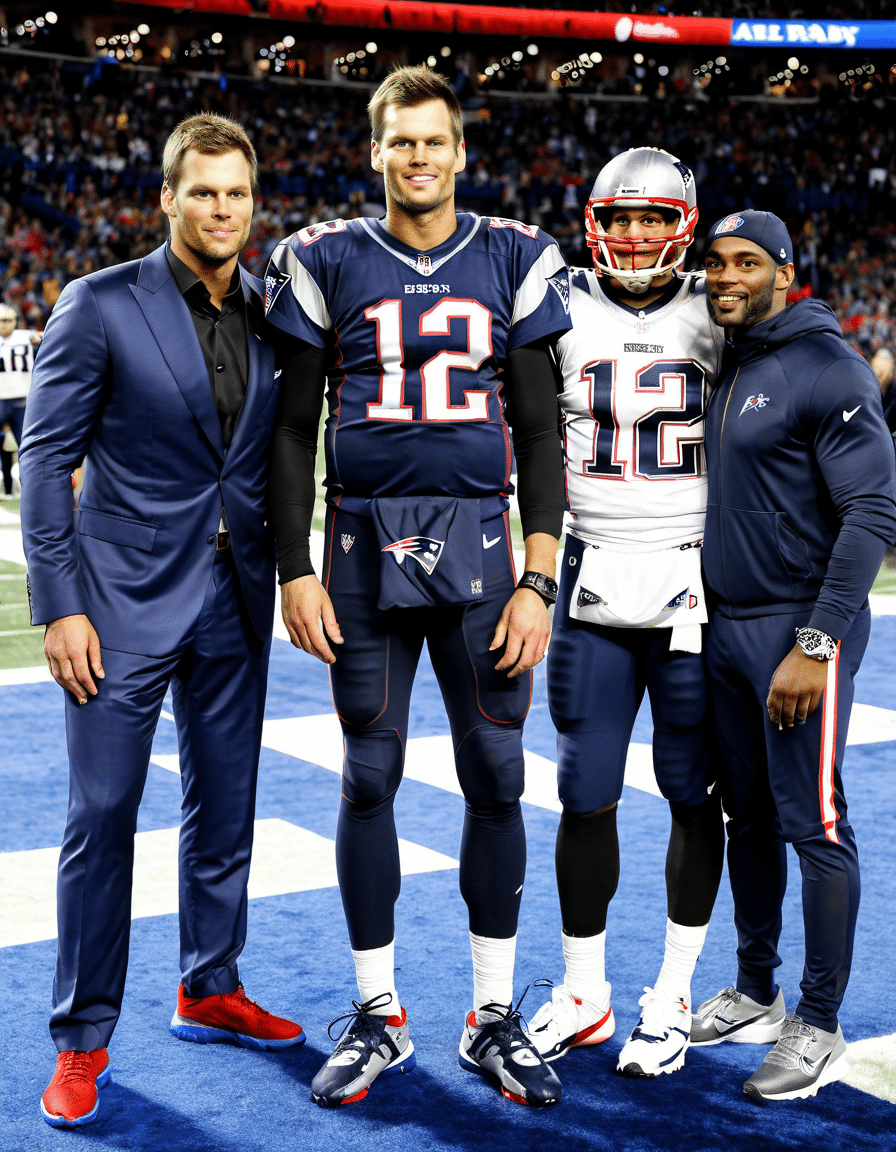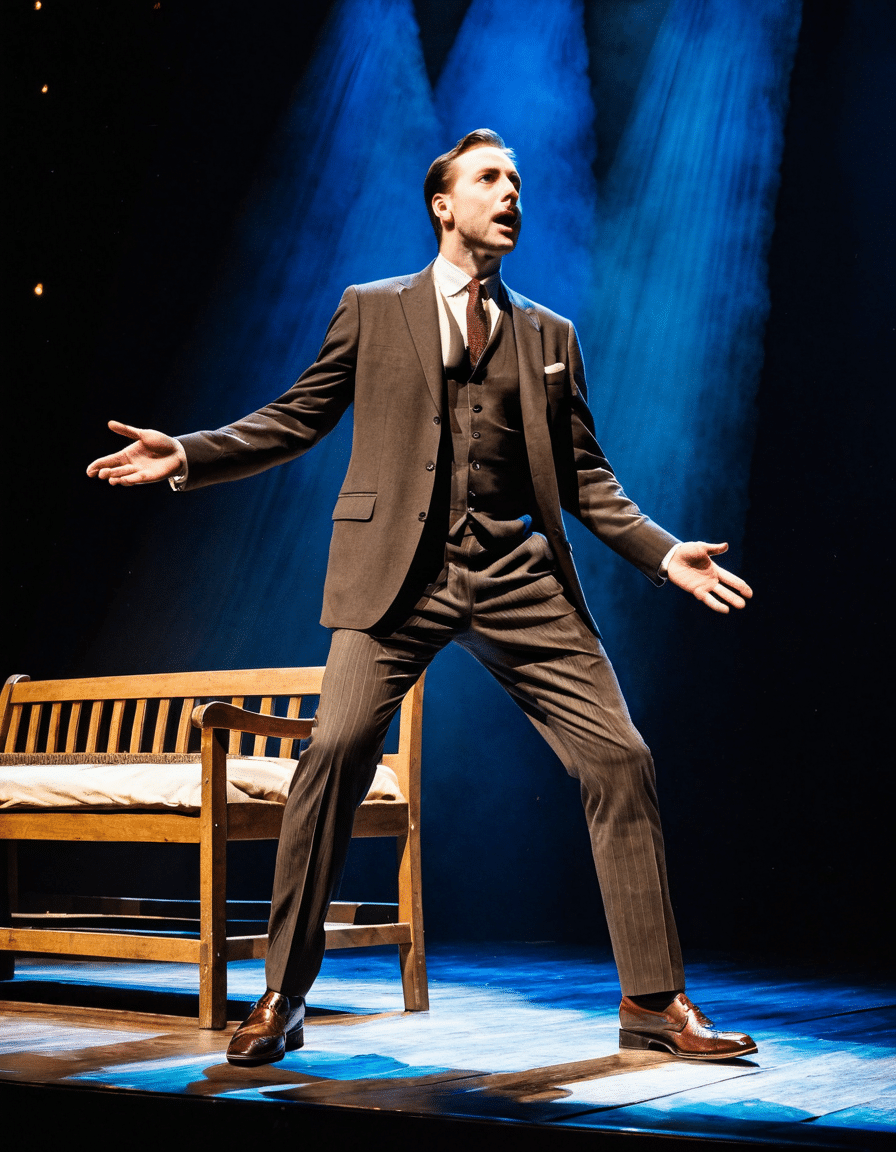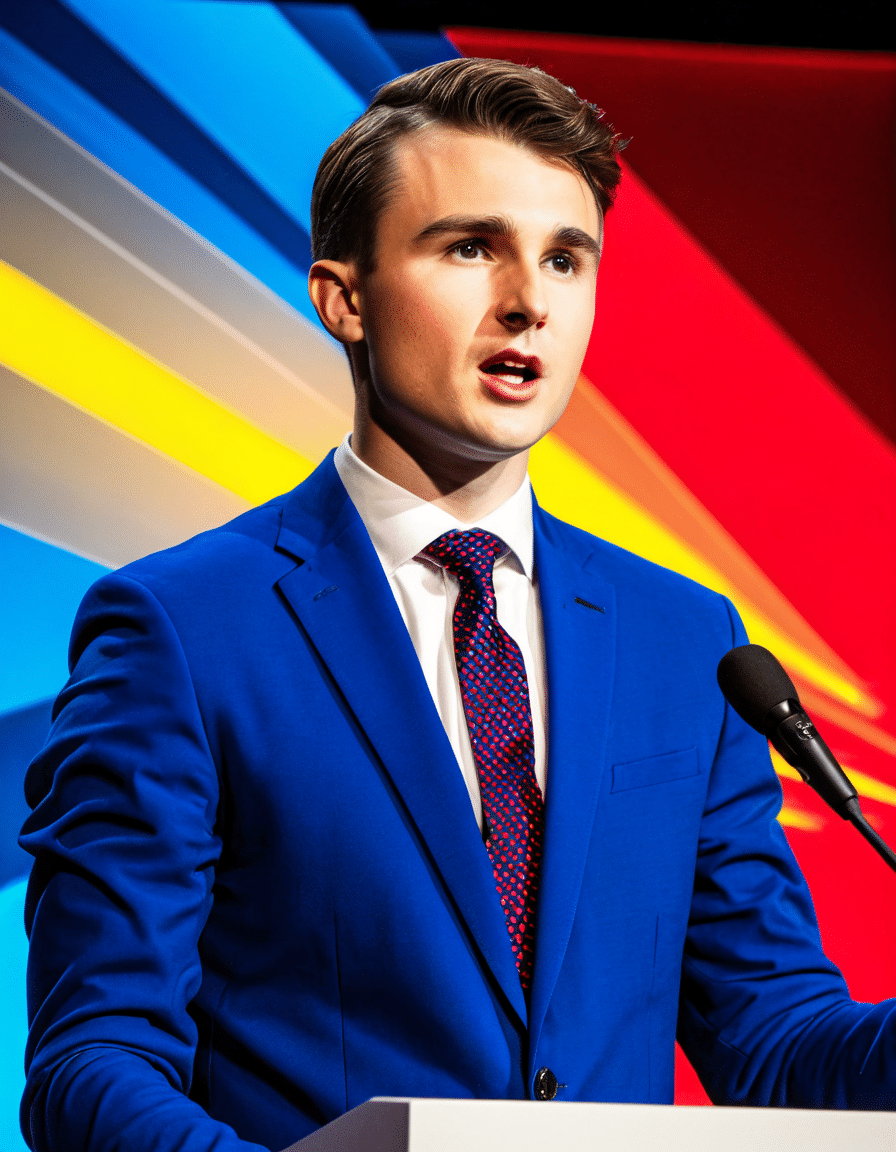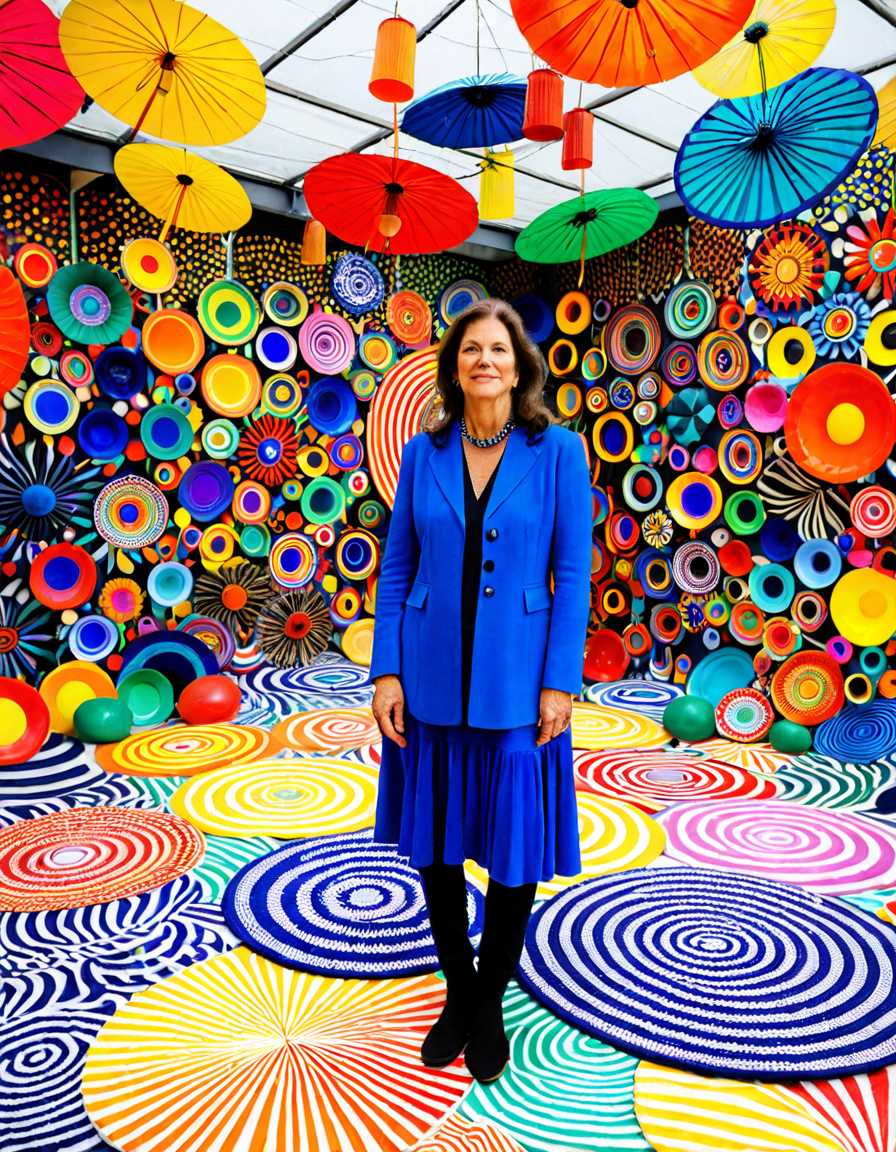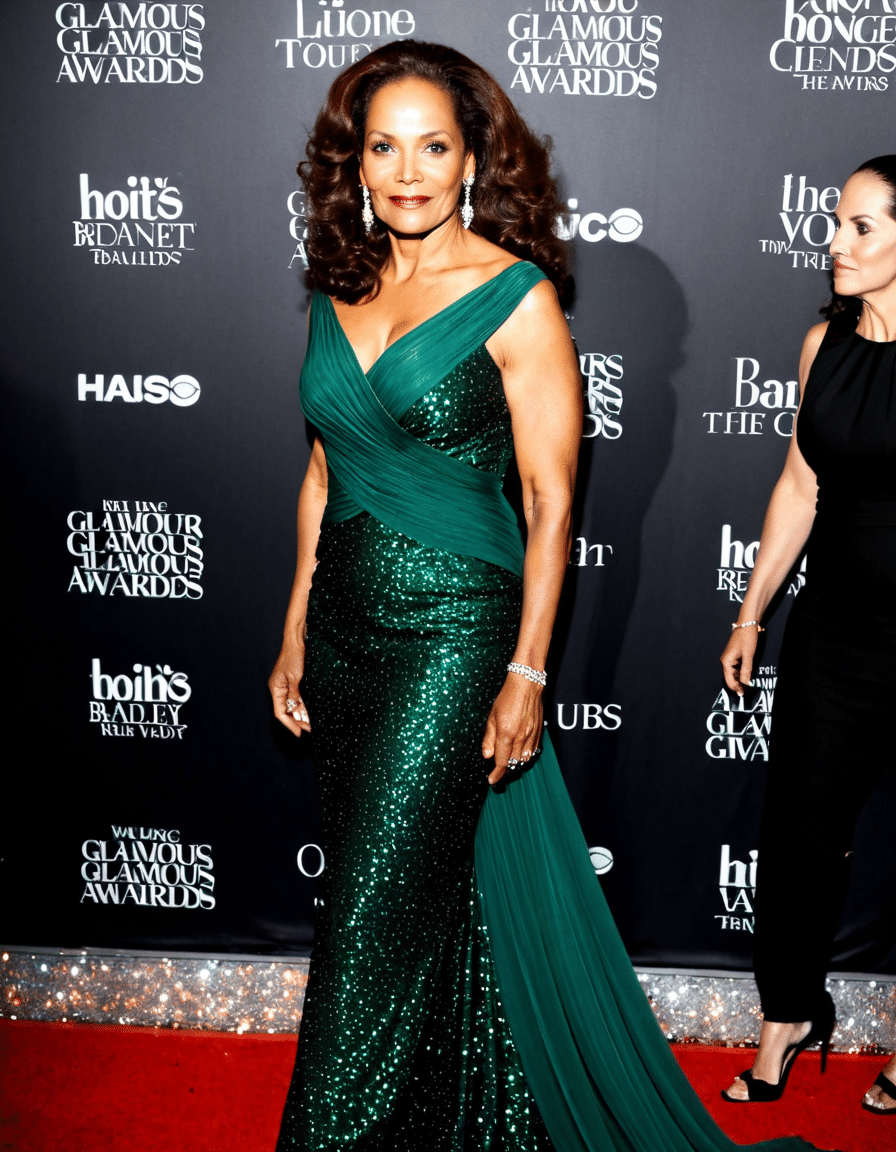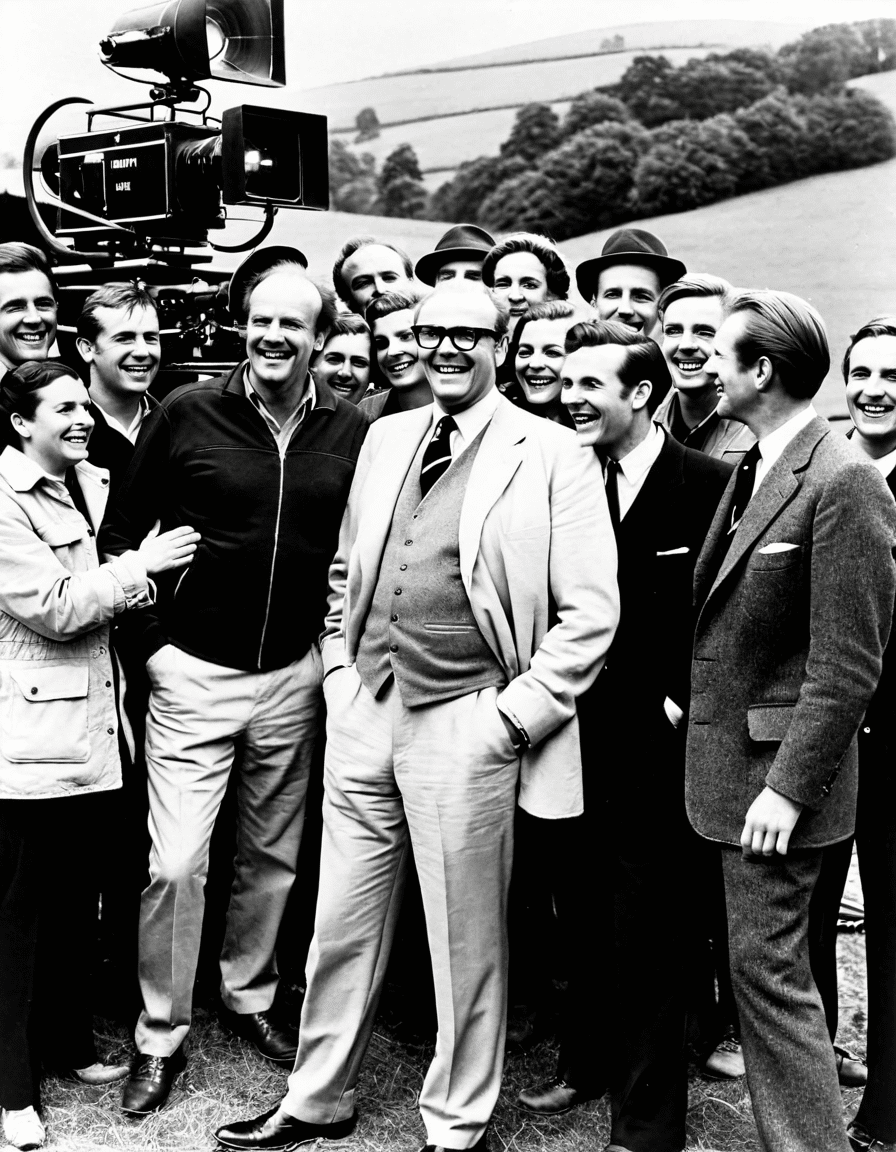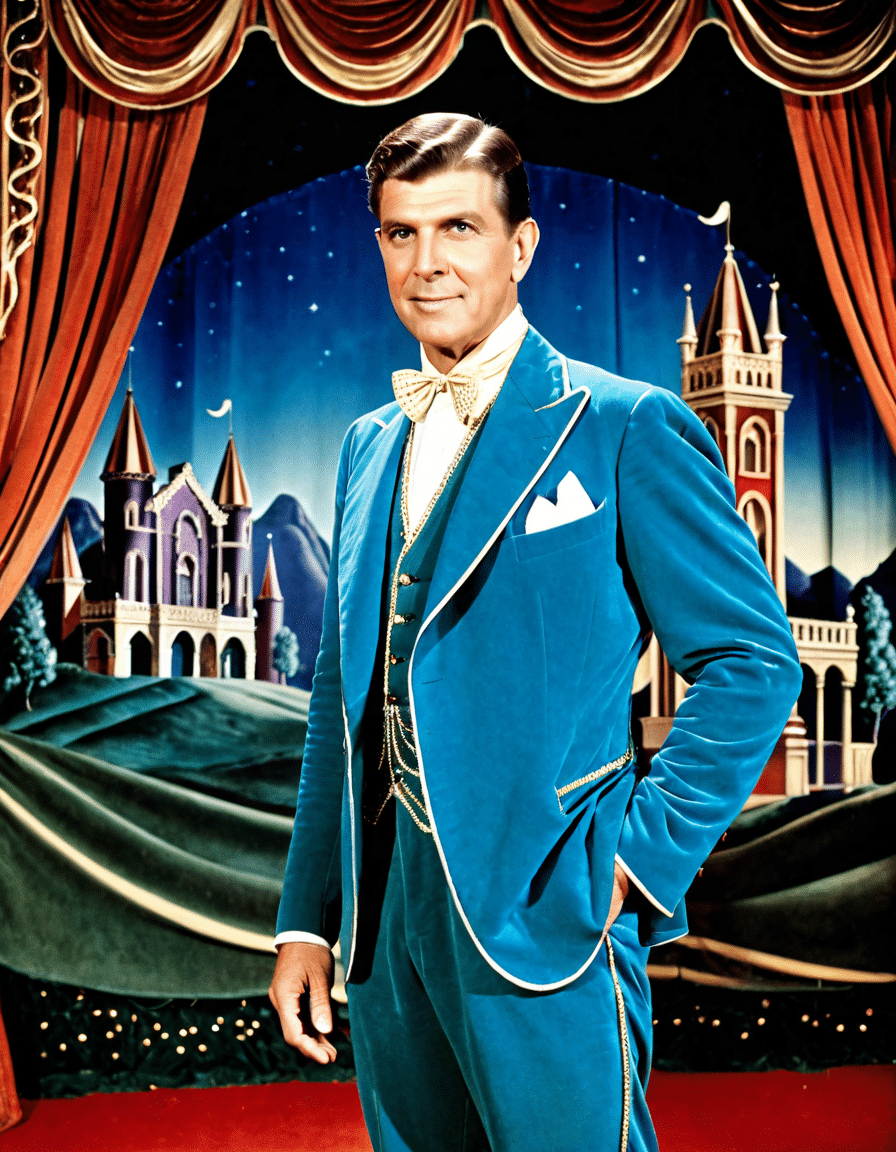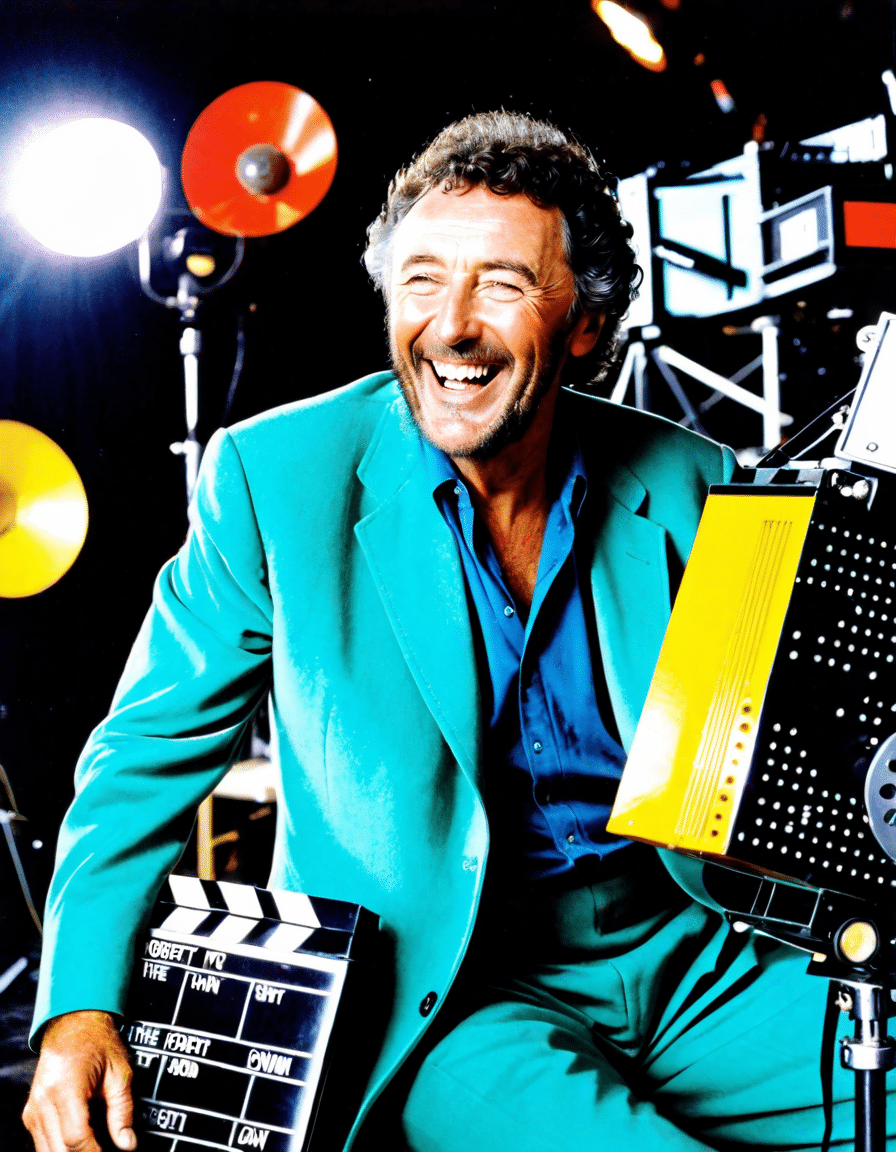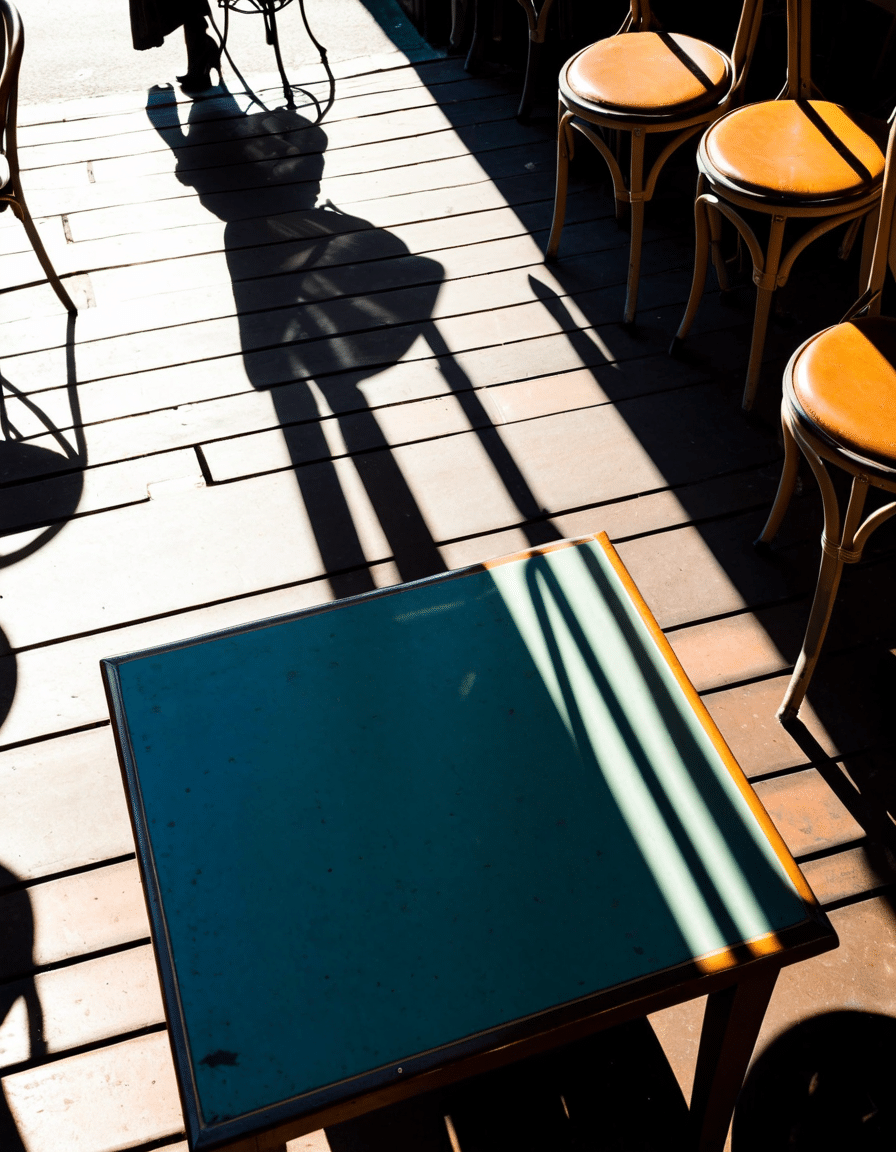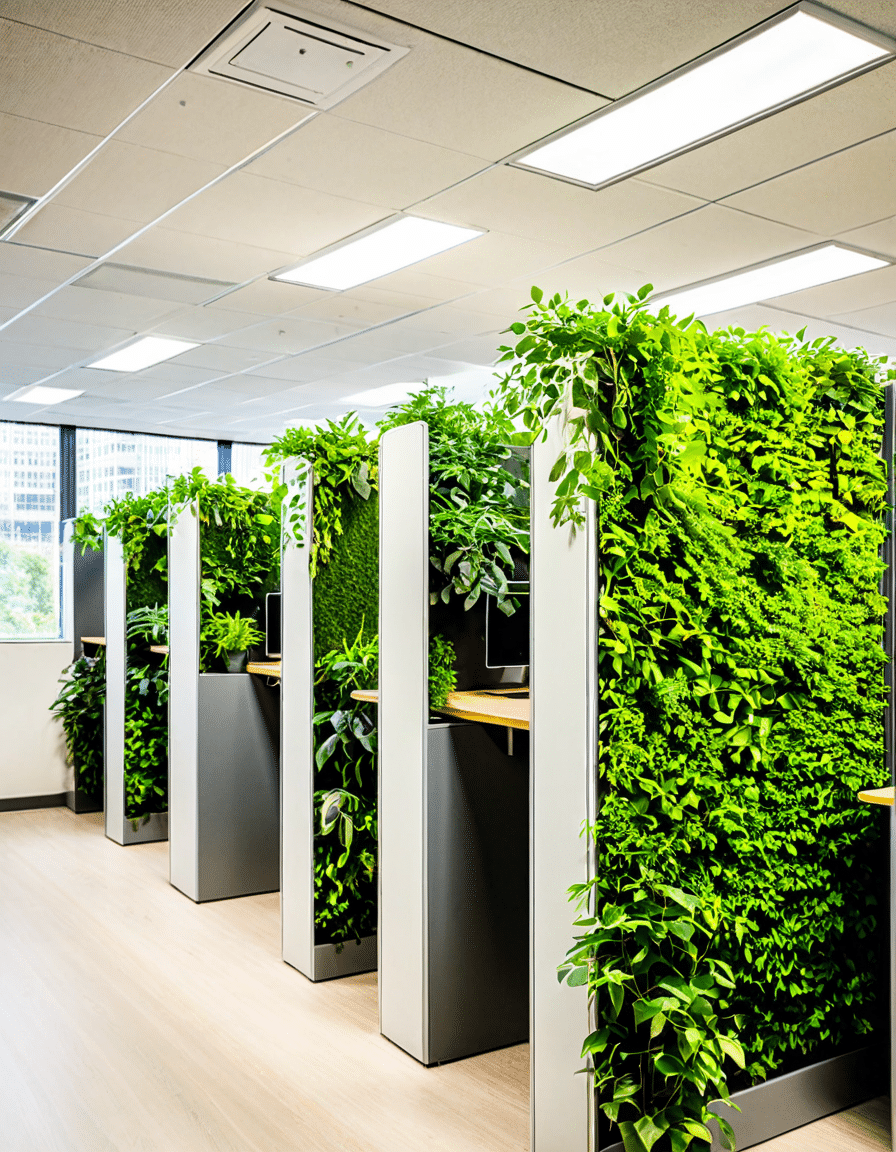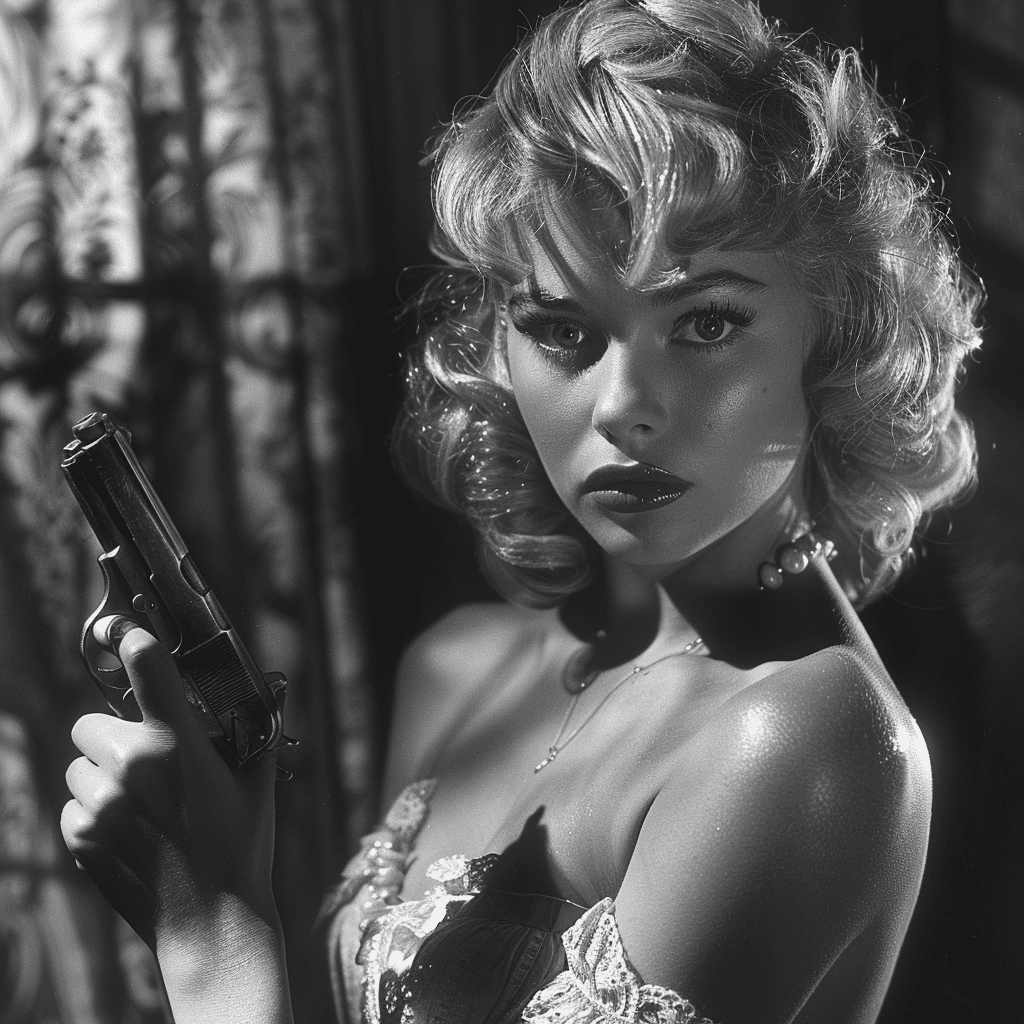Café noir captures an aesthetic that blends the mysterious charm of dark tones with the layered nuances of human emotions. This concept, emerging primarily from cinematic influences in the 1940s and 50s French noir films, continues to enthrall designers, filmmakers, and art aficionados alike. It invokes settings rich with intrigue, from smoky jazz clubs to gritty urban nightscapes, inviting audiences to dive into its shadows and secrets. The café noir allure evokes a magical world where every corner holds a story, beckoning the viewer to step closer and uncover the layers beneath the surface.
A key element of café noir’s character is its deep, vivid emotional landscape. It brings to light the human condition, so often tangled in complexity and mystery. Whether through film, literature, or fashion, café noir speaks to the ever-present dance between light and darkness, enticing us with its blend of elegance and grit. As we delve into this enchanting world, let’s explore the key elements that shape this captivating aesthetic.
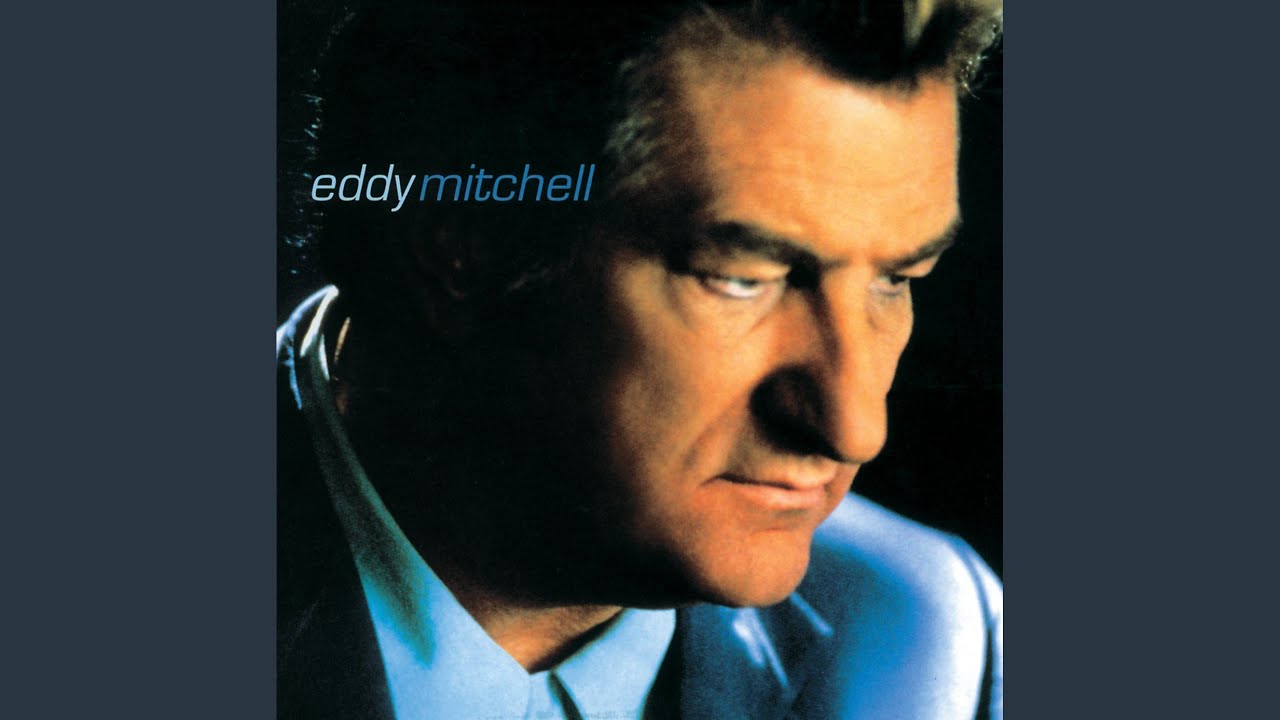
The Top 7 Elements of Café Noir’s Alluring Aesthetic
To truly grasp café noir, we must dissect its fundamental components that create its unique flavor. Here are the seven elements that define this enthralling genre:
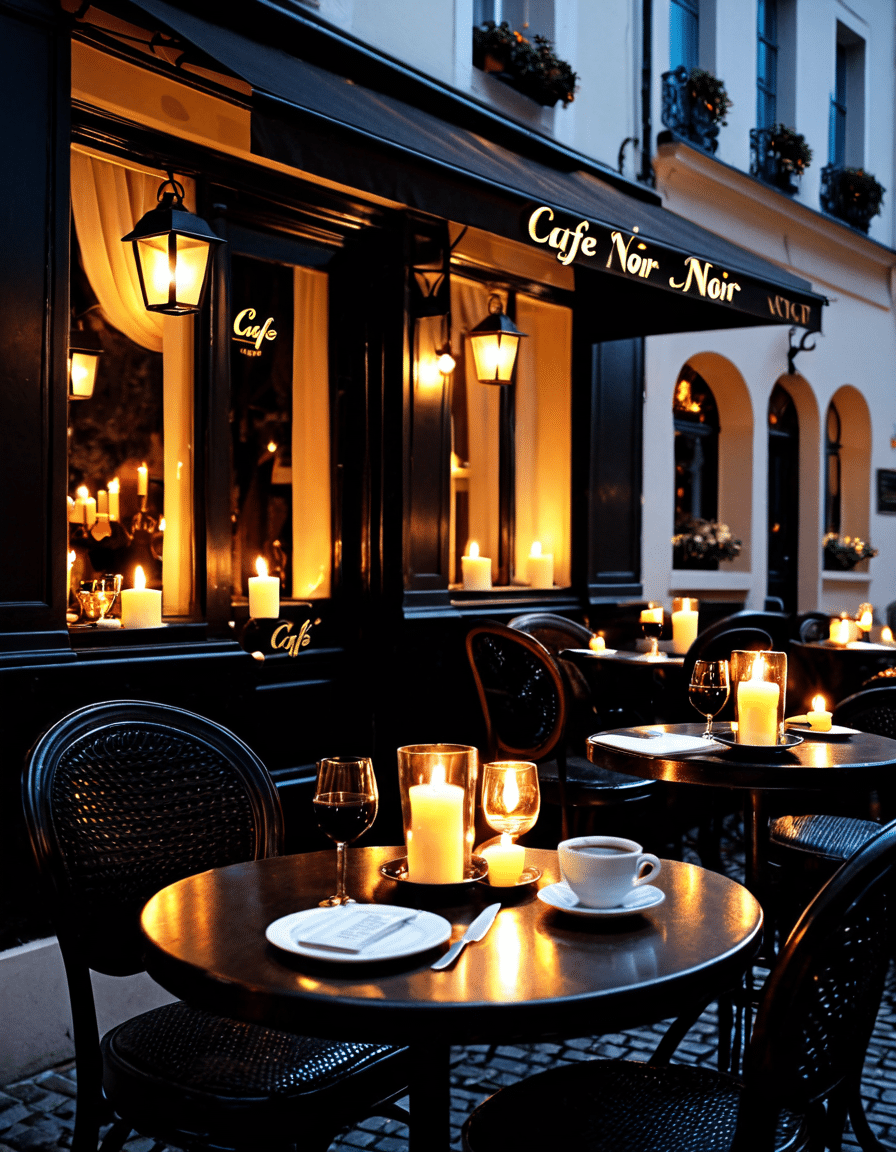
1. Cinematic Inspiration: Film Noir Classics
Café noir’s roots are intertwined with classic film noir like “Double Indemnity” (1944) and “The Maltese Falcon” (1941). These films showcase femme fatales and morally ambiguous heroes, weaving a suspenseful narrative that keeps viewers on the edge of their seats. The dramatic interplay of light and dark, often achieved through chiaroscuro lighting techniques, captivates audiences and sets the visual language that becomes synonymous with café noir.
The artistry of these classics inspires modern filmmakers to explore similar themes, demonstrating how timelessly relevant the café noir aesthetic is. For example, Robin Wright’s performance in the series “House of Cards” taps into those familiar motifs, reaffirming the power of moral ambiguity in storytelling.
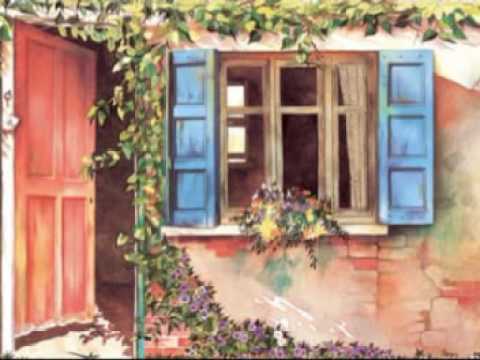
2. Fashion Finesse: Fishnet and Dark Fabrics
Fashion stands at the forefront of the café noir aesthetic, painting powerful images of allure intertwined with rebellion. Think fishnet stockings, often chosen by characters seeking to evoke both freedom and seduction. Brands like Wolford have embraced this aesthetic, crafting pieces that juxtapose delicacy with strength—perfectly echoing the complexities inherent in café noir narratives. Dark fabrics such as velvet and leather enhance the erotic, chic allure, making them staples for anyone looking to embrace the café noir vibe.
Fashion isn’t merely about clothes; it’s about conveying a persona. Just as Princess mako of Japan has blended traditional elegance with modern sensibilities, so too does café noir embody that marriage of past and present, tradition and innovation.
3. Architectural Mastery: Urban Spaces
Café noir typically unfolds against the backdrop of iconic urban architecture, showcasing a world teeming with character. Picture Parisian bistros or the sleek lines of New York’s art deco skyscrapers, combining the gritty with the glamorous. The clash of the raw urban landscape paired with sophisticated interiors, characterized by dim lighting and vintage décor, creates the perfect setting for stories overflowing with tension and unease.
This interplay turns the physical environment into a character in its own right, enriching the narrative. Such spaces insist on a certain ambiance that complements the drama unfolding within, allowing for an immersive experience that invites the audience to lose themselves in the mystery.
4. The Soundtrack: Jazz and Melancholy
Jazz music floats through the air of café noir, mingling seamlessly with the visuals. The sultry tones and complex rhythms echo the mood of ambiguity and intrigue threading through each narrative. Artists like Billie Holiday and Chet Baker conjure atmospheres of melancholy and nostalgia, grounding the story within a rich emotional experience.
Much like the jazz music that enhances the mood, the connection between sound and silence plays a vital role in the café noir experience. Music isn’t just background noise; it carries its own narrative, inviting listeners into a world of introspective thought and emotional depth.
5. Thematic Depth: Love and Betrayal
At the heart of café noir lie themes of love, betrayal, and existential reflection. The intricate fabric of human relationships, fraught with deception, emerges vividly in works like Patricia Highsmith’s “Strangers on a Train.” Here, the innocent bond between two strangers spirals into dark, uncharted territory, illustrating how easily trust can unravel.
These stories provoke discomfort and introspection alike, compelling audiences to confront the complexities of life. It’s this emotional pull that traps viewers in the intimate grasp of café noir, allowing them to contemplate their own moral boundaries.
6. Visual Arts: Expressionist Influences
Café noir has reached far beyond cinema and fashion, making deep inroads into the world of visual arts, particularly expressionism. Consider the haunting yet beautiful works of Edward Hopper, whose painting “Nighthawks” encapsulates the profound sense of loneliness in urban life, echoing the themes pervasive in café noir.
The contrast of shadows and light in his works reflects both the aesthetic and emotional layers of these narratives. Through strategic visual elements, Hopper embodies the solitude mirrored in café noir storytelling, forging connections between art and atmosphere.
7. Culinary Experience: Coffee and Dark Delights
What would café noir be without its culinary elements? A true café noir experience includes a rich tapestry of flavors. Dark coffees paired with decadent desserts, like dark chocolate mousse or espresso-based cocktails, create a tasting adventure that mirrors the multilayered narratives.
Every sip and bite invites patrons to relish the ambiance, highlighting the emotional nuances rooted in the café noir experience. Much like the enticing ambiance of Fluffies Hot chicken, where complex flavors are layered with depth, a café noir dining experience seeks to envelop the senses entirely.

Embracing Café Noir: Reflections on Modern Interpretation
As we explore the depths of café noir, its influence transcends its classic origins. Modern interpretations across film, fashion, and literature breathe new life into the genre, evolving it for contemporary tastes. Filmmakers like David Fincher portray this aesthetic in works like “Gone Girl,” illustrating the timeless appeal of café noir through modern eyes.
In today’s whirlwind of life, embracing café noir encourages us to slow down and dive into depth, nuance, and the darker shades of our existence. This aesthetic becomes more than just a style choice; it invites us to confront our inner shadows and embrace the complexities of life. As café noir continues to flourish, it fosters dialogue and reflection, inviting us to savor complexity, one tantalizing cup of coffee at a time.
Café noir remains an enduring symbol of mystery and dark elegance in our shared cultural landscape, as apparent in the stories we’ve come to love and the images that continue to resonate long after the credits roll. From smoky jazz clubs to intricate narratives, this aesthetic captures the essence of our longing for beauty in the shadows—a true homage to the allure of dark elegance.
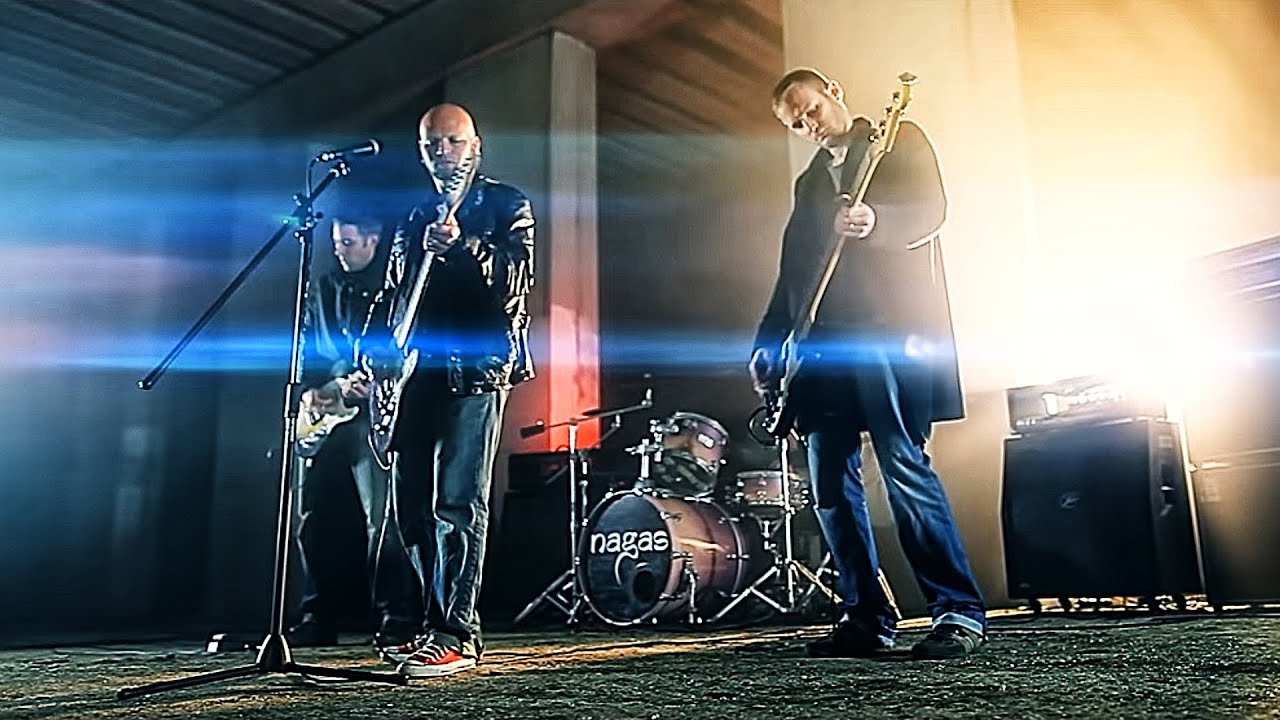
The Allure of Cafe Noir
Intriguing Historical Tidbits
Ever wondered why cafe noir holds such an evocative charm? The genre’s roots dig deep into early 20th-century film and literature, and it captures a sense of mystery that becomes irresistible. Picture yourself enveloped in dark elegance while sipping your coffee, akin to the ambiance of Cubicles where thrilling scripts are birthed. For instance, classic characters often grapple with moral ambiguity, just like Robert Prestons iconic roles which blurred the lines between hero and antihero. If you dive into the details, you’ll find that the atmospheric tension in a good cafe noir film is often built around unresolved mysteries, incorporating elements like shadowy alleyways and flickering lights.
Fascinating Character Elements
Cafe noir movies thrive on complex characters, often adding layers to their stories. For example, leading men like Robert Powell have played roles that perfectly illustrate this complexity, engaging viewers with their charisma and hidden depths. When you think about it, the darker themes resonate with many people, much like the glowing warmth of hanukkah Candles that symbolize hope amid darkness. Characters aren’t just chasing crime; they’re often on a quest for something deeper, pushing audiences to connect with their journeys.
Unique Language and Themes
The language surrounding cafe noir also adds a distinctive flavor to the genre. Phrases peppered throughout the narrative can evoke strong imagery and emotions. Terms like commando meaning take on new significance as protagonists strategize their next move in tense situations. Moreover, elements of the odd, as explored through the odd meaning in various contexts, highlight the quirky charm of the genre’s characters. By embracing these layers of expression and theme, cafe noir continues to entice viewers, blending elegance with eerie undertones, just like a well-crafted drink that leaves you wanting more.
